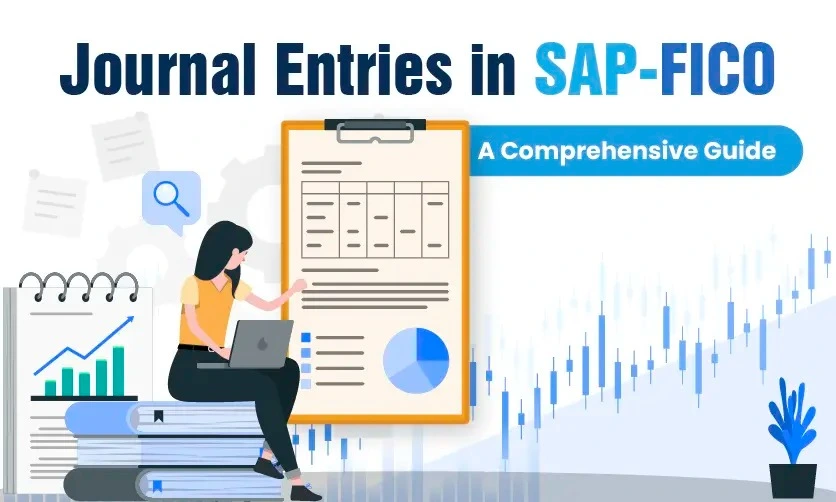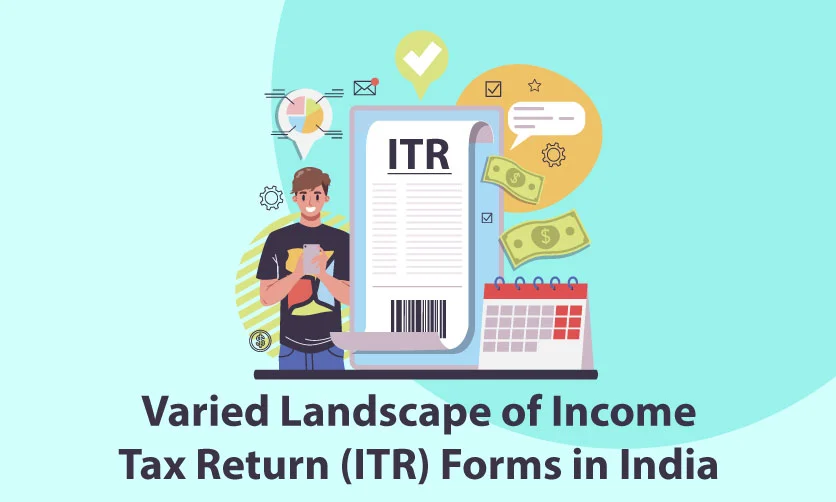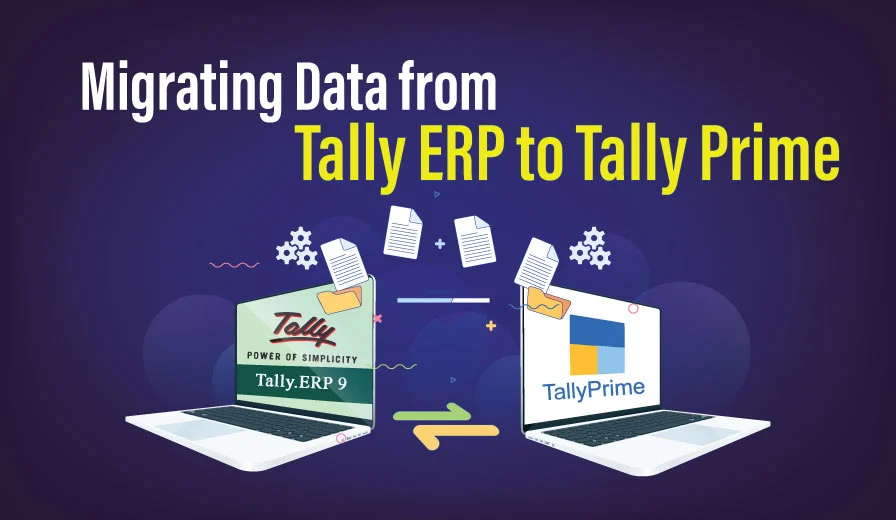
Journal Entries in SAP FICO: A Comprehensive Guide
In the complicated world of SAP FICO, understanding the complexity of journal entries is crucial for financial experts and SAP users. Journal entries are the core of financial accounting, providing a complete record of all financial transactions inside a company. In this blog article, we will look at the fundamentals of journal entries in SAP FICO, such as their relevance, structure, and essential procedures.
Table of Contents
-
Significance of Journal Entries in SAP FICO:
Journal entries are an essential component of SAP FICO, as they are responsible for accurately recording financial transactions. They are used to document revenue recognition, expense allocation, and asset management, among other things, and are critical for maintaining accurate financial records. By comprehending the importance of journal entries, you can take the first step towards mastering SAP FICO.
-
Structure of a Journal Entry in SAP FICO:
-
Document Header:
Explanation of the document header and its components.
Importance of document date, posting date, and document type.
-
Line Items:
Breakdown of line item details, including account assignment, amount, and currency.
Explanation of the debit and credit entries and their role in maintaining balance.
-
Document Currency and Local Currency:
Insight into the concept of document currency and local currency.
How currency conversion is handled in journal entries.
-
Document Reference and Text:
Importance of document reference and text in providing additional context.
Tips for effective documentation of journal entries.
-
Key Processes Involved
in Posting Journal Entries :
-
Transaction Codes for Journal Entry Posting:
Overview of commonly used transaction codes for posting journal entries.
Demonstration of how to navigate through the SAP system to initiate journal entry posting.
-
Validations and Substitutions:
Discussion on the role of validations and substitutions in ensuring data accuracy.
Real-world examples of how these features can be configured for specific business requirements.
-
Reversal and Correction of Journal Entries:
Step-by-step guide on how to reverse incorrect journal entries.
Importance of proper documentation and approval in the reversal process.
Elevate Your Professional Profile: Join Our SAP Training CourseBe confident! Become A Certified SAP FICO Specialist |
|
| Explore Classroom Course | Explore Online Course |
-
Best Practices and Tips for Efficient Journal Entry Management :
-
Period-End Closing Procedures:
Overview of the period-end closing process and its significance.
Tips for streamlining period-end closing activities related to journal entries.
-
Automation and Integration:
Exploration of tools and features for automating journal entry processes.
Integration points with other SAP FICO modules for seamless financial management.
Conclusion :
Becoming proficient in journal entries is critical for maintaining accurate financial records and ensuring compliance in SAP FICO. This comprehensive guide has provided valuable insights into the importance, structure, and procedures involved in creating effective journal entries. As SAP FICO continues to develop and change, having a solid grasp of journal entry management remains an essential foundation for financial excellence in organizations.
- Understanding Credit Notes in Tally Prime: A Comprehensive Guide - April 26, 2024
- 50+ SAP MM Interview Questions and Answers Revealed - April 19, 2024
- Tally Prime on Mobile: Revolutionizing Business Management On-The-Go - April 5, 2024





